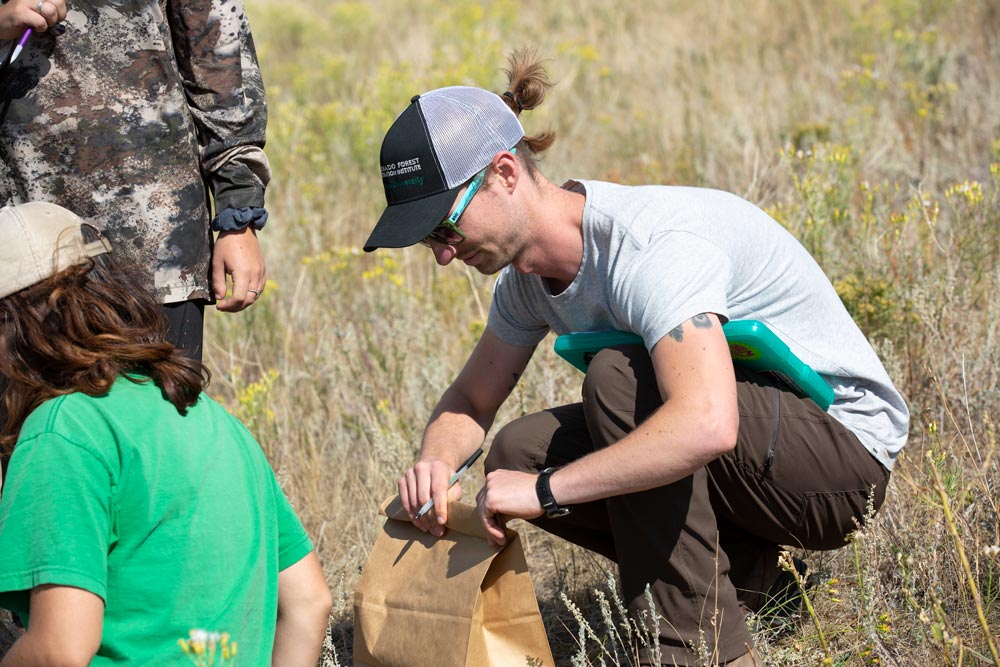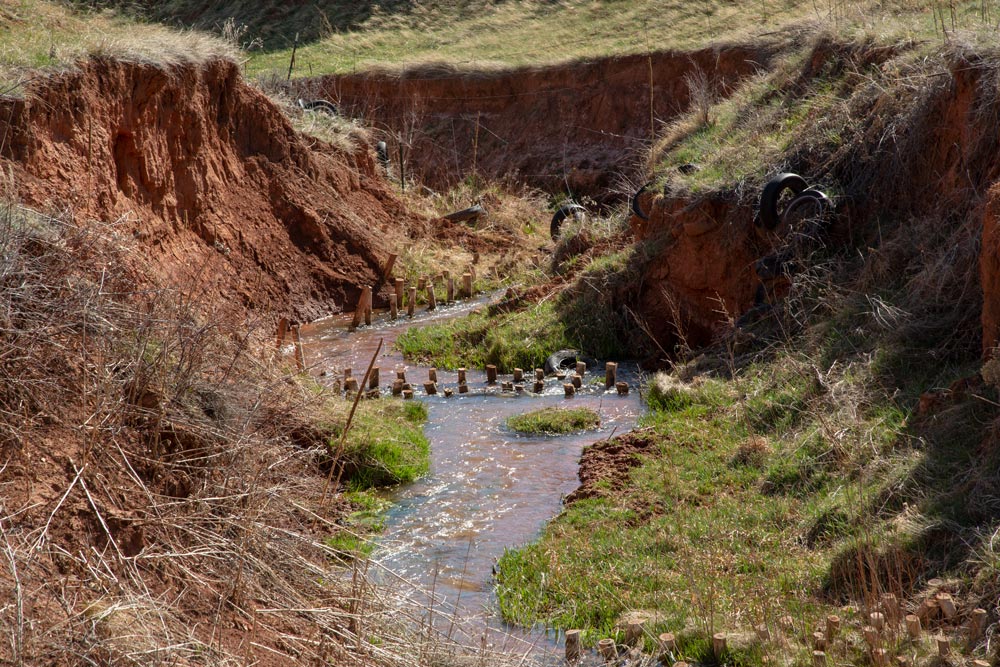Graduate students from the RS532: Rangeland Ecosystem Sampling course developed a sampling method to assist Wildlands Restoration Volunteers (WRV) with a vegetation project for Campbell Creek in northern Colorado.
The team of graduate students, under the direction of CSU research scholar Jayne Jonas-Bratten, assisted with determining how effective beaver dam analogues (human-made structures) were on riparian vegetation recovery. This student group went out multiple times during Fall 2018 to conduct vegetation monitoring.
The team’s findings were included in WRV’s annual monitoring report. Results from their statistical analyses offered new information this restoration organization can use to improve future vegetation monitoring and beaver dam installations in the creek.
This project helped foster another relationship between WRV and Colorado State University, and gave graduate students a practical application for their coursework.
Campbell Valley is a historic ranch that is managed with a conservation easement by The Nature Conservancy. The watershed was impacted by an irrigation breach in the early 1900s, which has resulted in head-cutting and downcutting of tributaries in the valley ever since. WRV is working with volunteers and other partners to restore this riparian plant community and stabilize Campbell Creek’s gullies.



